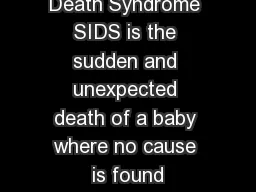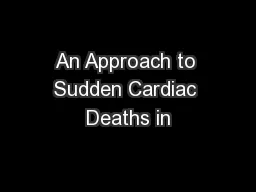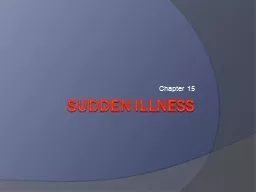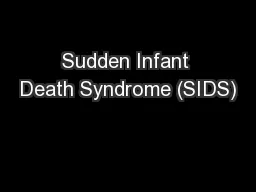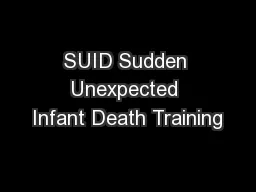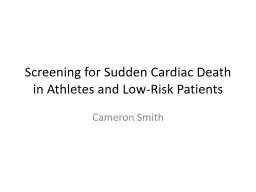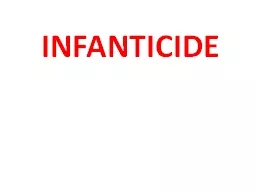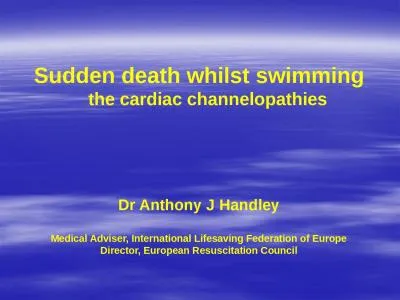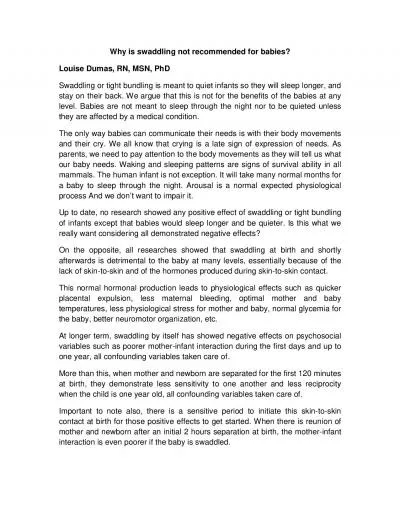PPT-Sudden Infant Death Syndrome
Author : lindy-dunigan | Published Date : 2019-01-20
Concept Oxygenation By Cathy B Herbert RN MSN Objectives By the end of this module students should be able to 1 Describe the clinical manifestations and risk factors
Presentation Embed Code
Download Presentation
Download Presentation The PPT/PDF document "Sudden Infant Death Syndrome" is the property of its rightful owner. Permission is granted to download and print the materials on this website for personal, non-commercial use only, and to display it on your personal computer provided you do not modify the materials and that you retain all copyright notices contained in the materials. By downloading content from our website, you accept the terms of this agreement.
Sudden Infant Death Syndrome: Transcript
Download Rules Of Document
"Sudden Infant Death Syndrome"The content belongs to its owner. You may download and print it for personal use, without modification, and keep all copyright notices. By downloading, you agree to these terms.
Related Documents


